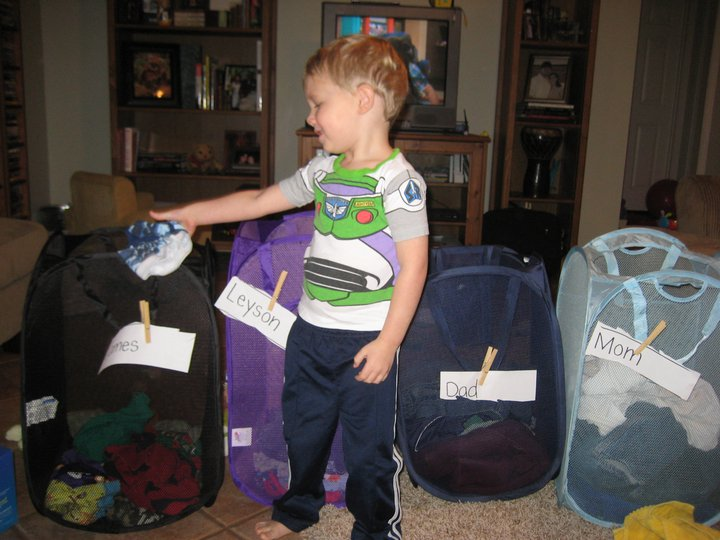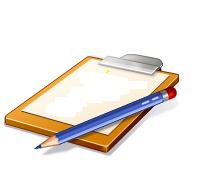How many of us like to organize to keep our lives sane? I am not necessarily a pro when it comes to organizing, but I have really become a learner of those of you who ARE gifted with those skills.
Being one of five children, my mom tried to delegate our chores through a “chore chart” to make sure that we were responsible for our own areas and some of the mundane household tasks that need to take place on a daily basis. My mom made a cool chart but it didn’t have pictures so I am sure she spent a lot of time explaining to us what the chart said.
The great thing about chore charts, academically, is that they can teach children how to read and understand a graph, to learn the days of the week, and to provide visual cues that add meaning to words like “Brush your teeth” or “Make your Bed”.
Incorporating a visual cue (a picture or image) is HUGE when you have expectations of a young child. This is one thing that might have made my mom’s life easier. So today I wanted to share some resources for chore charts that will hopefully be a beneficial tool in your house:
1. Customize a Chore Chart that your child can color: Customizable Chore Chart (with pictures)
- Make sure it is BLACK AND WHITE so they can color it to practice fine motor skills and make it their own.
- Choose days of the week (not abbreviated) because you want the days of the week to eventually become a sight word.
- Give it a fun title like “Mommy’s Helper”
- IF you choose a verse I suggest that you possibly just write it on the chore chart in “The Message” Version because it is slightly more age-appropriate.
- Laminate it (contact paper or a sheet protector will work too) and use a wipe-off marker to check it off each week 🙂
- Or here is one already done for you: Completed Chore Chart with Pictures
2. Chore Cards that you can make yourself for display: Chore Cards DIY (Take a shortcut by inserting your pictures into a word doc and printing them).
What chores should your little one be responsible for? Here is a great link to have a clue about what your child should be able to contribute to: Age-Appropriate Responsibilities. I hope this helps you make your very own easy to read and manage chore chart 🙂
If you have other ideas that work for you…always feel free to share 🙂


